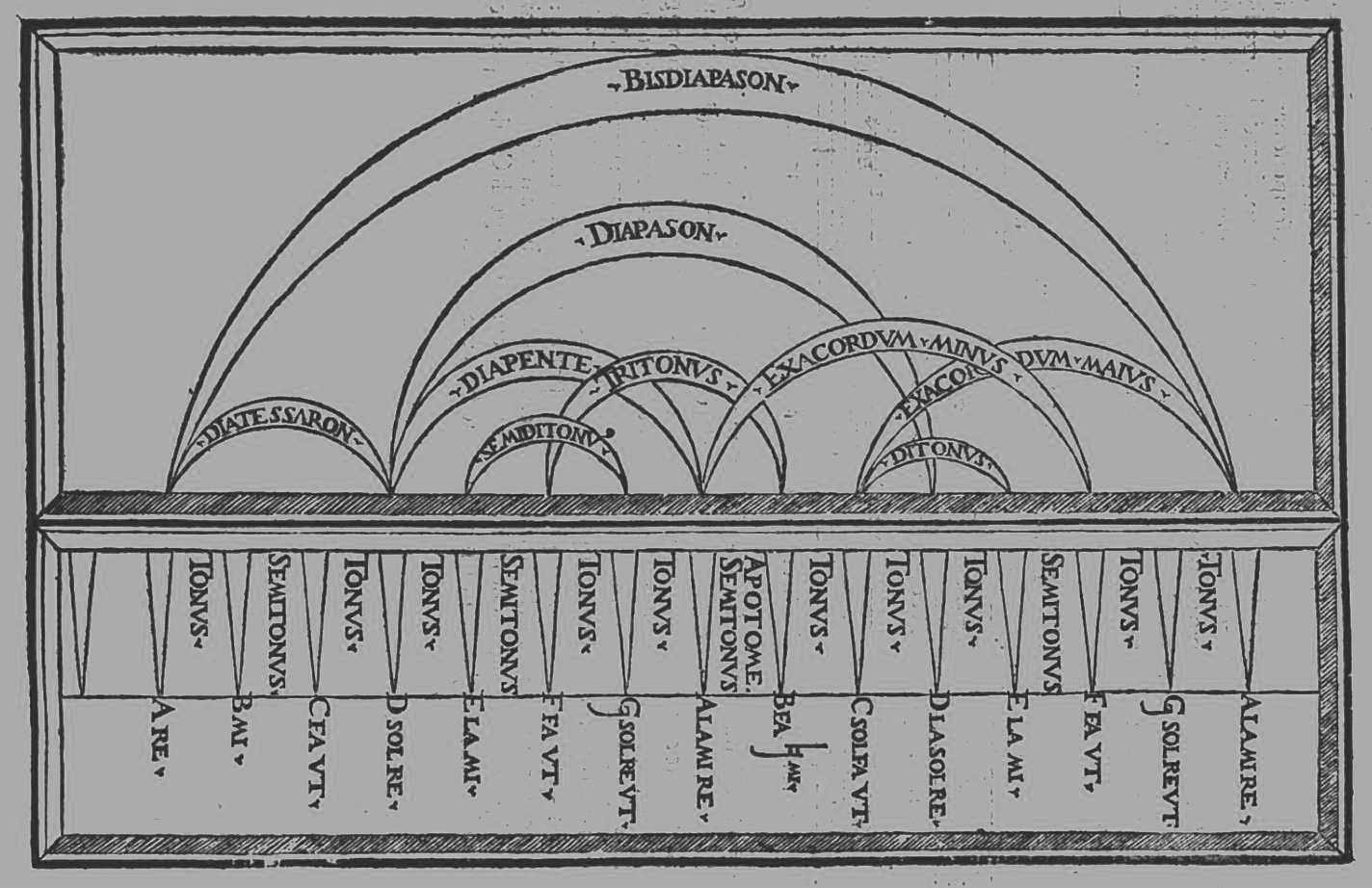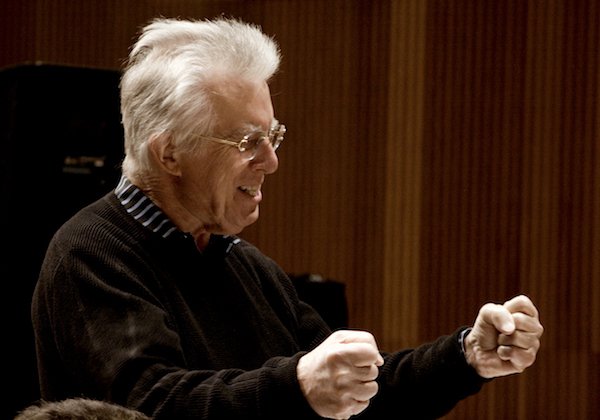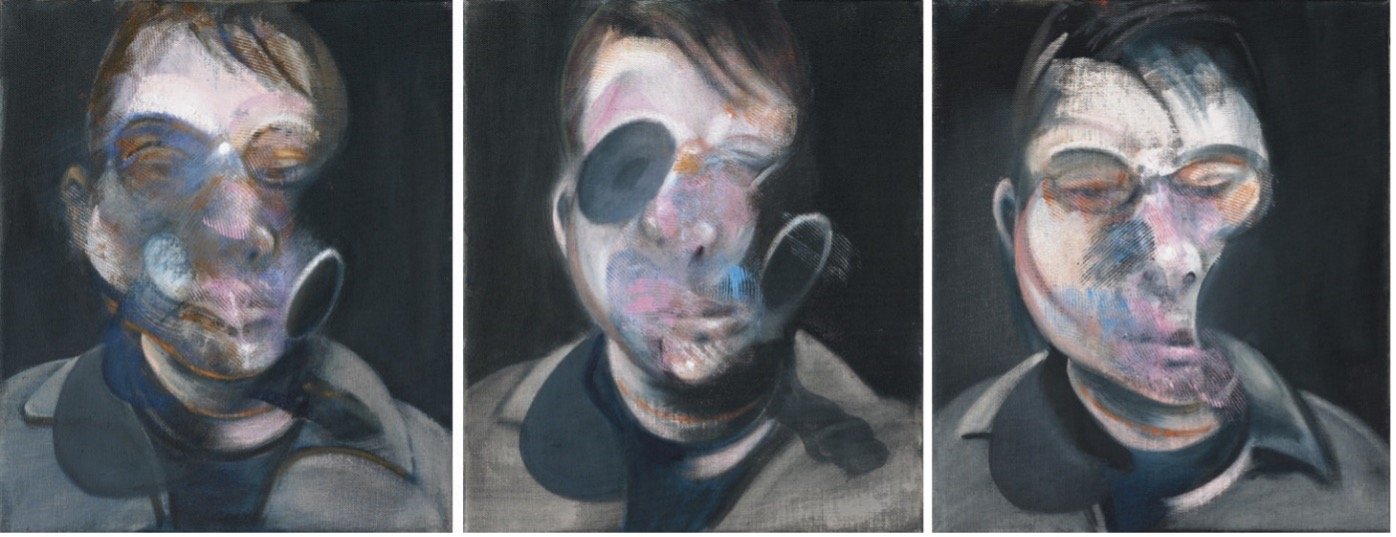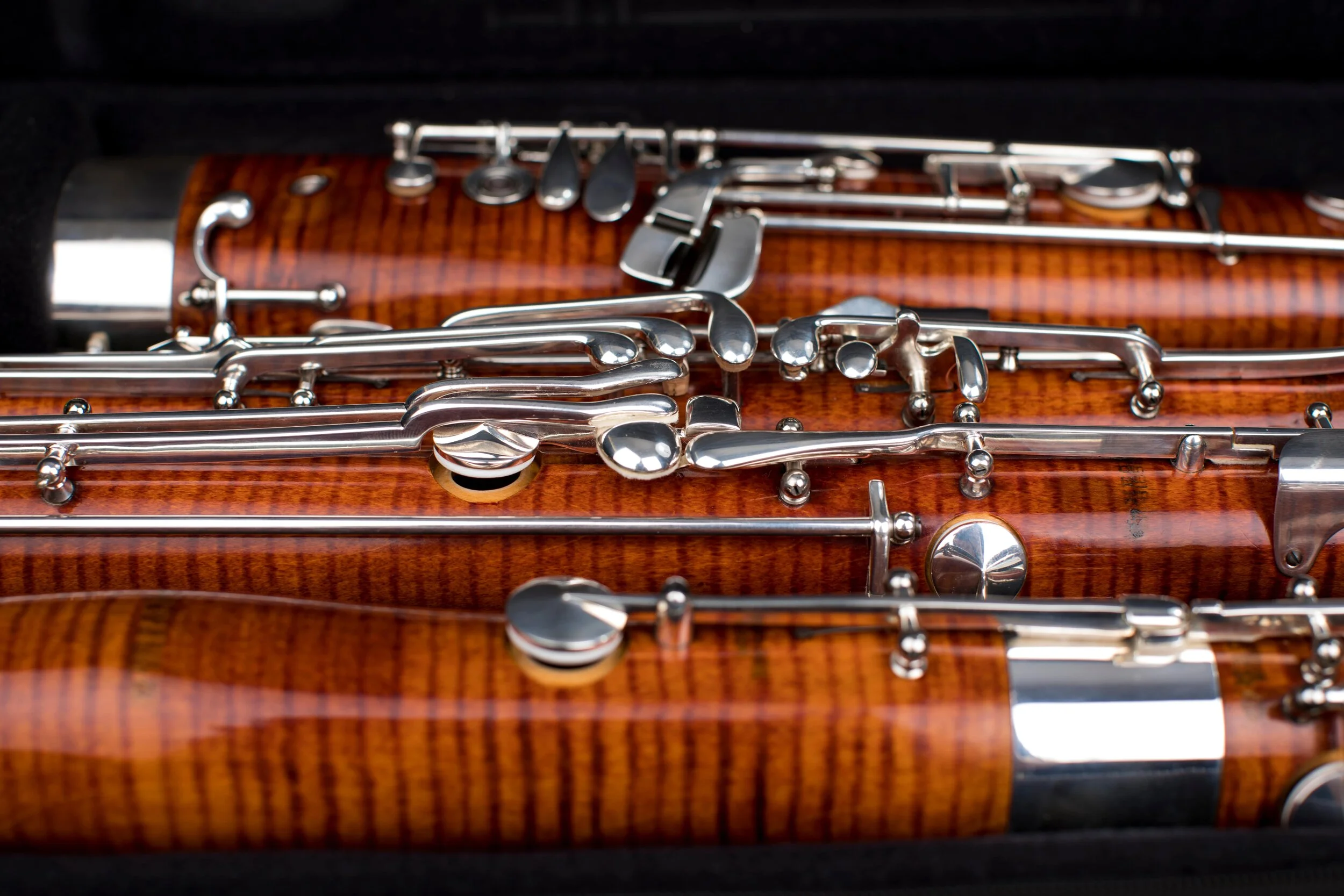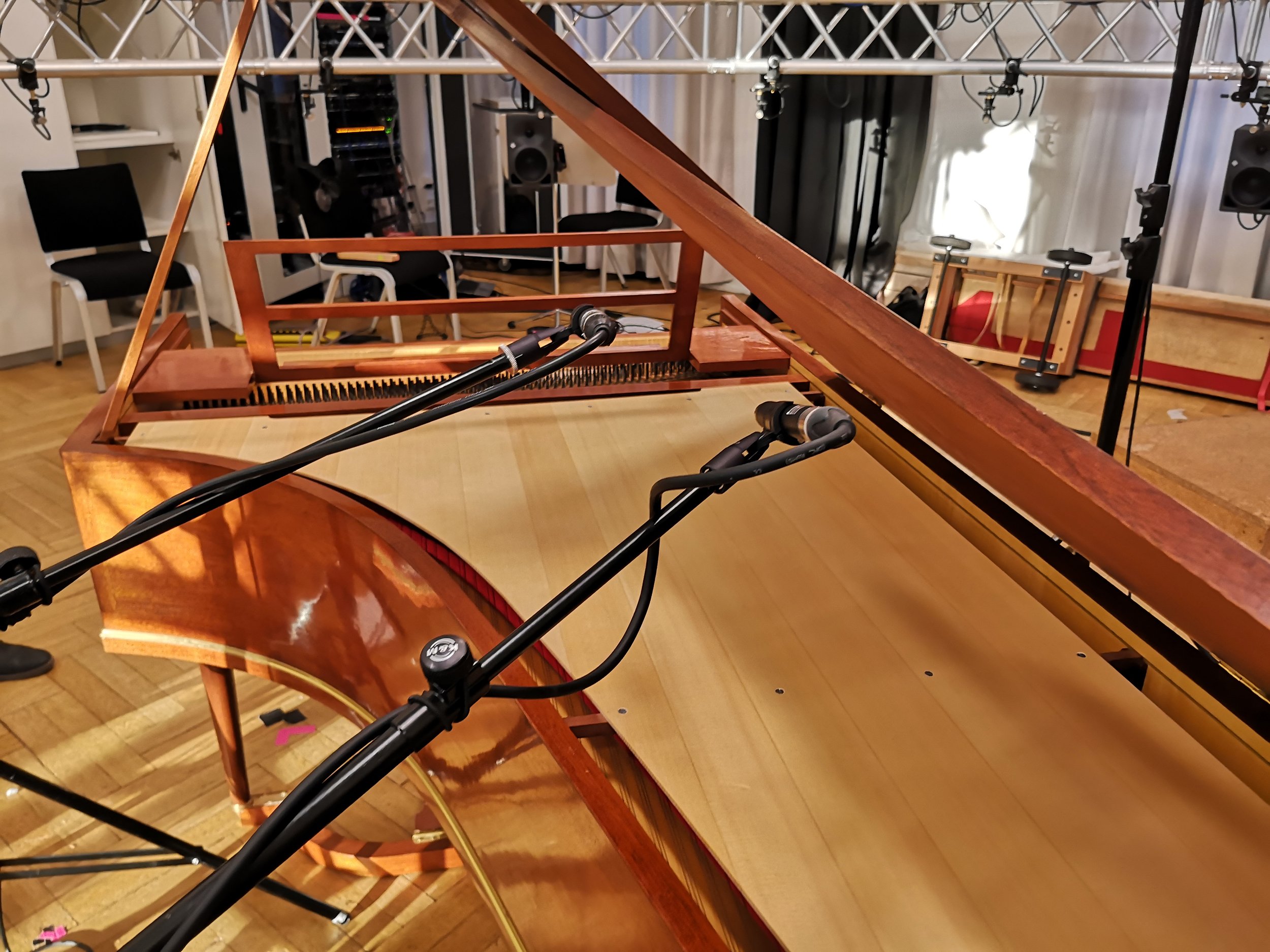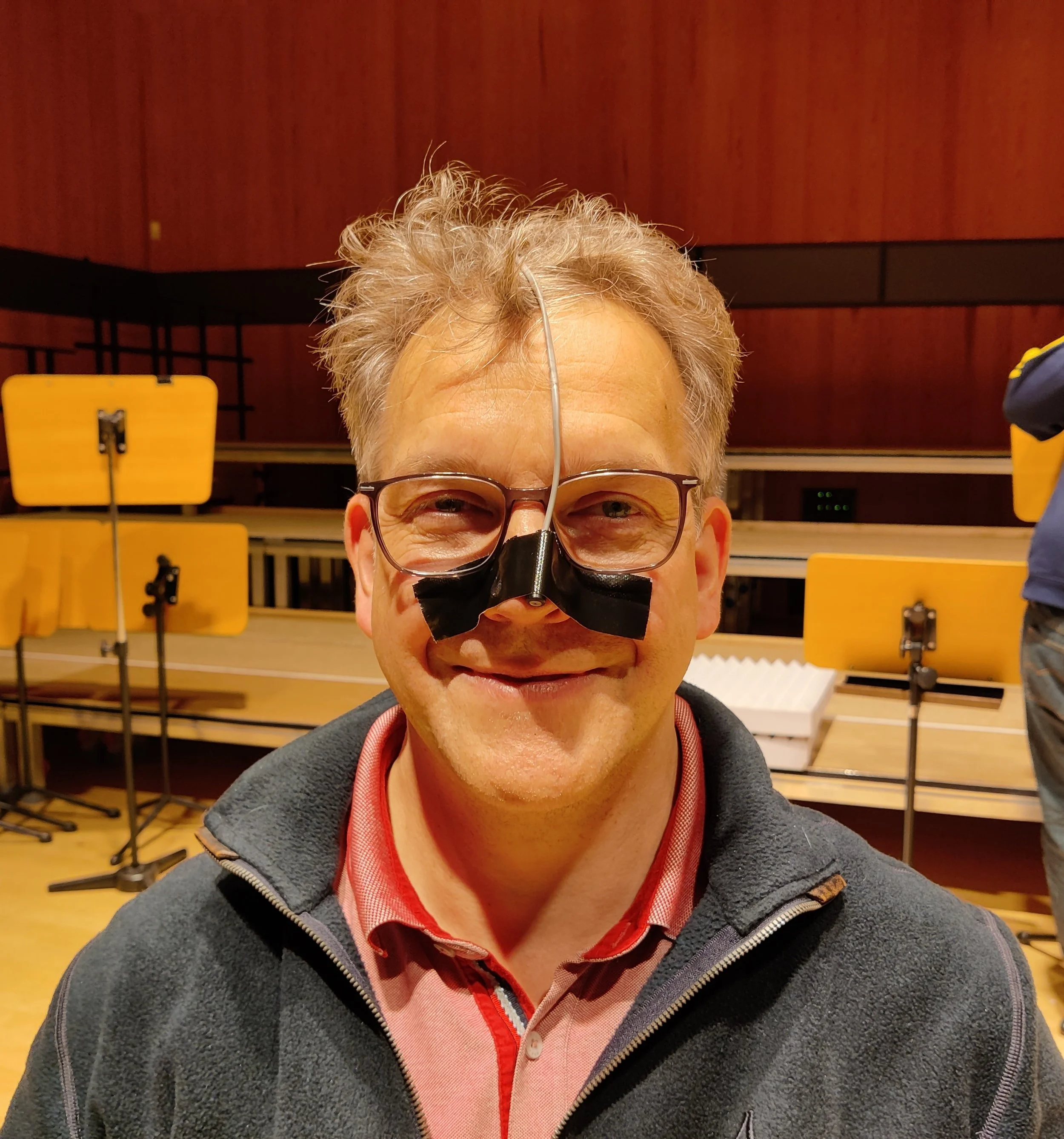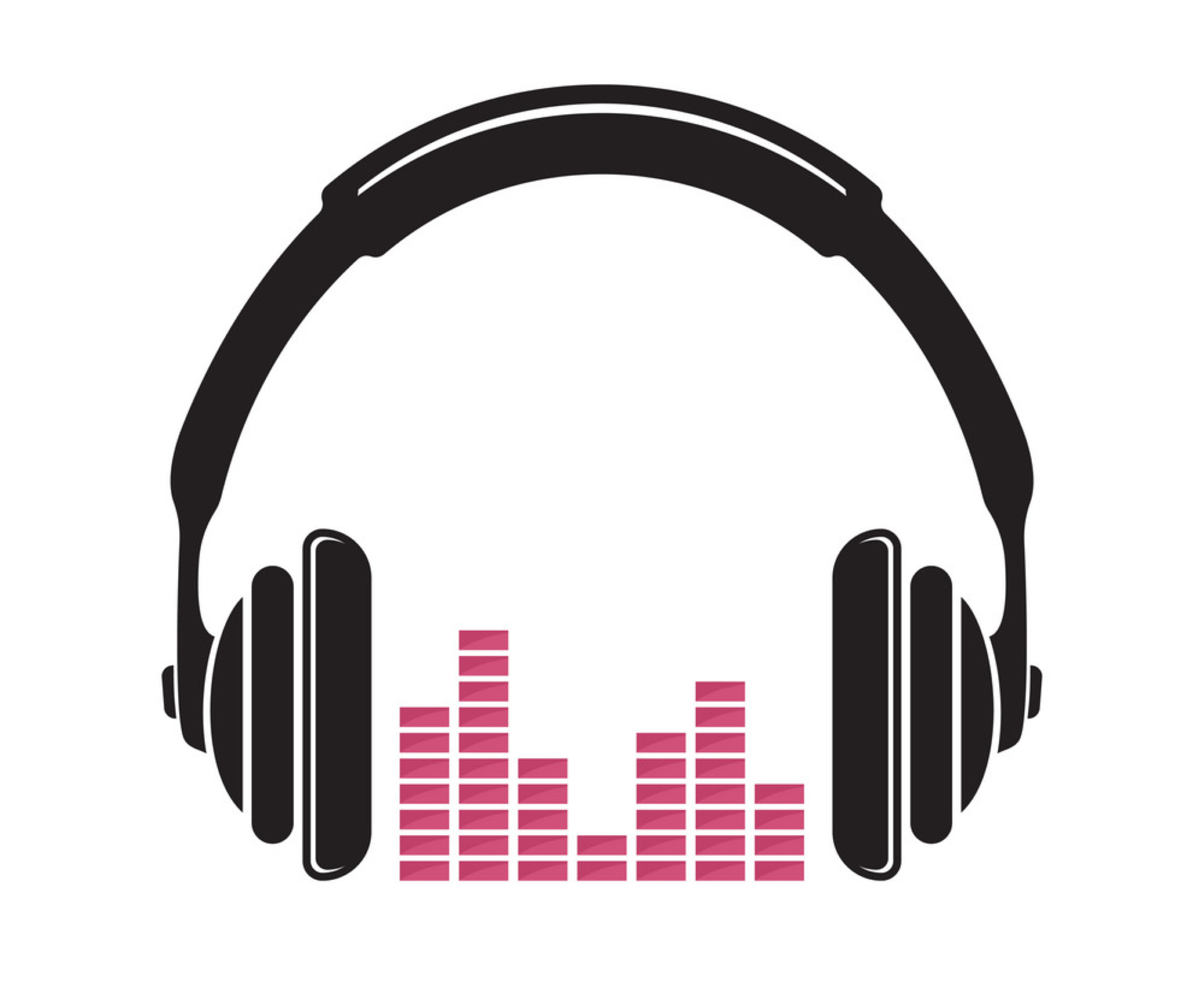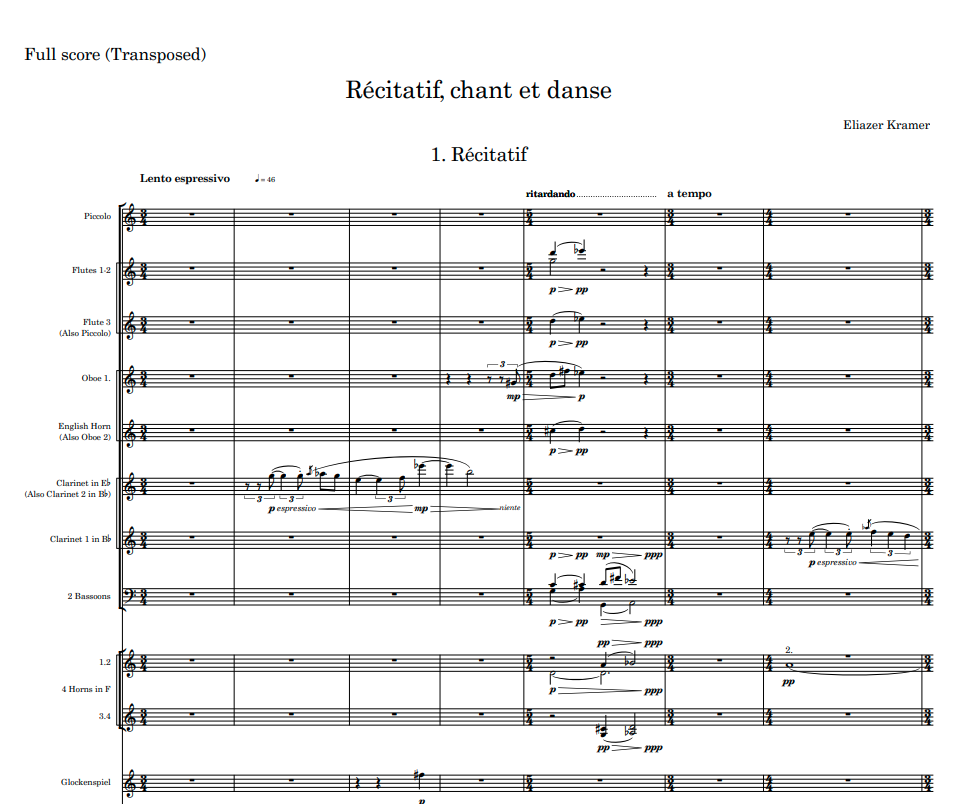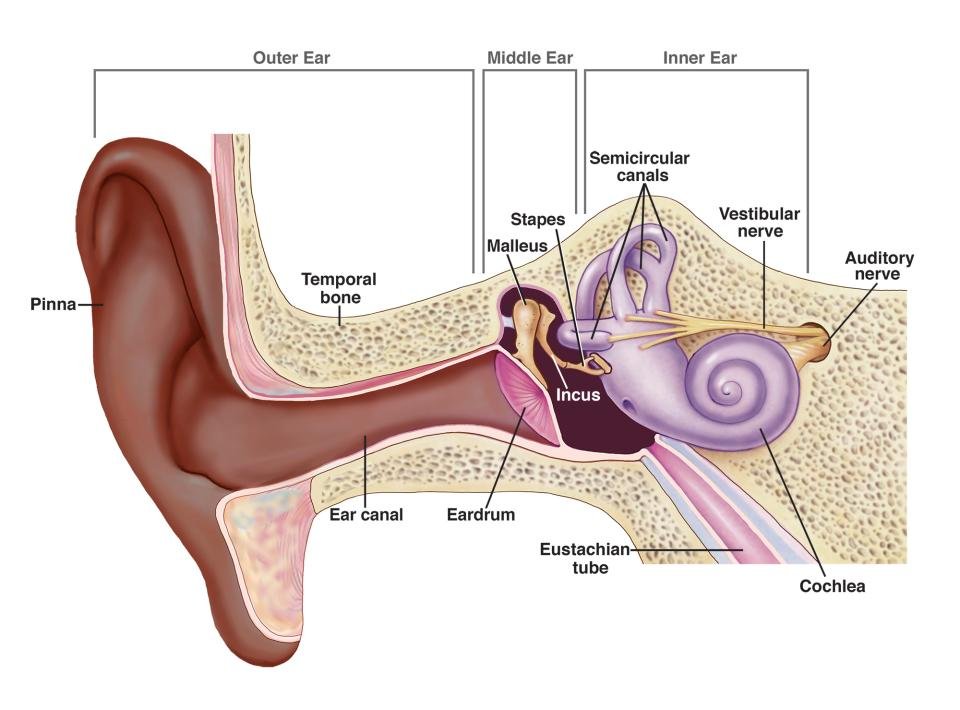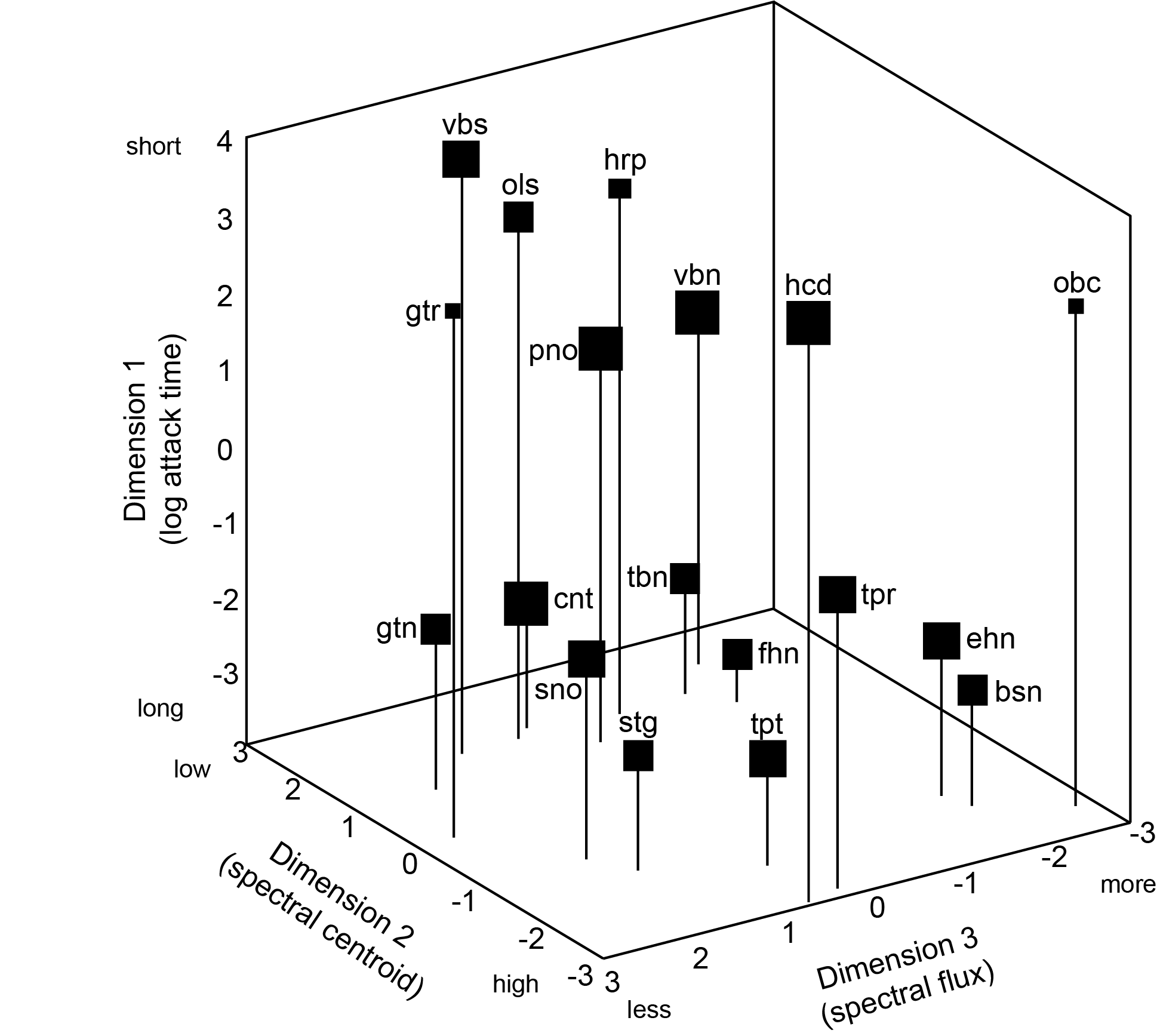Learn about Timbre
This page will give you the resources to learn about, or expand your knowledge of, musical timbre. Follow the links below to the section that matches your interest:
Timbre for the Beginner (if you don’t know what timbre is)
Timbre for the Curious Learner (if you want to learn more)
Timbre for the Intrepid Expert (if you’re a timbre geek, like us)
Timbre for the Beginner
Welcome to your crash course on timbre! Below you’ll find short readings, videos, and other online content designed to bring you into the world of timbre and some of the most cutting-edge research that explores its mysteries. But first, let’s get some misunderstandings out of the way:
What is timbre?
We’ll start with how to pronounce it. Timbre is pronounced tam-burr. It’s not made of wood, and it’s not what you yell as a tree falls. It’s also not a stamp (unless you're speaking French). So what is timbre? “Timbre” refers to the characteristic quality or “colour” of a sound—it’s what makes the sound sound like itself.
“Often referred to as tone quality or color, timbre is what makes different instruments sound unique, even while playing the same pitch. We use words like smooth, gritty, and warm to describe the characteristics of timbre. While a spectrogram can show us the acoustic fingerprint of each tone, timbre is subjective to the listener. One person might find an instrument’s tone appealing, while another listener might cover their ears. How can different listeners have such varying experiences with the same sound?”
Timbre stories
We all have personal connections to timbre in our lives, whether it be through music or simply our aural connection with our surroundings. Click each image below to learn about ACTOR members’ personal connections to timbre. What timbre stories do you have to tell? Do any of the ones below resonate with you?
Amazing moments in timbre
Our experience of timbre can be an intensely personal affair. Below you’ll find a series of essays written by ACTOR researchers about some of our favourite musical moments where timbre plays a pivotal role.

What kinds of timbre research are undertaken at ACTOR?
The below videos provide a sneak peak into some of the timbre-related research we do at ACTOR. In EduFilm 1, Stephen McAdams takes you through all the aims and goals of ACTOR, highlighting some of the ongoing research we’re doing. In EduFilm 2 Stephen and Cameron Chameleon explore why we associate certain colours with certain timbres.
In the second ACTOR / TOR EduFilm, Lab partners Cameron Chameleon and Stephen McAdams (director, ACTOR project) explore cross-modal correspondences between sound and colour.
Learn about timbre and orchestration with the ACTOR project! In Episode 1, Stephen and his assistant Cameron Chameleon explore what goes on inside the ACTOR labs.
What can we learn about timbre from the instruments of the orchestra?

Sergei Prokofiev’s Peter and the Wolf (1936) is an piece that highlights timbral differences between musical instruments. To learn more about the piece and to explore each of the instruments’ themes, check out this insightful page by Orchestre symphonique de Montréal.

A study of the unique sounds of each instrument was made by the Orchestre Metropolitain. In the Orchestra Up Close, each instrument of the orchestra is introduced and repertoire examples are provided.
Timbre for the Curious Learner
You are interested in learning more about timbre, you are curious about the ways it is taught, what words are used to describe it, how it is used in music, and what "timbre research" is.
Dialogues
Want to hear what the experts have to say about timbre? Read below to learn about how composers, conductors, recording engineers, researchers, and performers understand timbre in their own musical practice and those of others.
Timbre Lingo
As with any complex topic, we uses many different terms and concepts to describe timbre: how we perceive it, how we harness it creatively, and how it affects our practices as performing musicians. Read on to learn more about topics such as blend, masking, synthesis, and more.
Amazing Moments in Timbre
Our experience of timbre can be an intensely personal affair. Below you’ll find a series of essays written by ACTOR researchers about some of our favourite musical moments where timbre plays a pivotal role.
Timbre Stories
We all have personal connections to timbre in our lives, wheteher it be through music or simply our aural connection with our surroundings. What timbre stories do you have to tell? Do any below resonate with you?
How does timbre intersect with music, society, and culture?
Check out more of our animated short films below, which discuss topics like timbre and cover songs, timbre and culture, timbre and gender, and the mysteries of orchestration.
Orchestration is a tricky business. How do composers take a simple melody and harmony and spin it into an orchestrated web of multitudes of instruments? What techniques are available, and what effects do they achieve?
Timbre is a pretty complicated concept when it comes to the sound of the singing voice. The way we perceive vocal timbre has much to do with our visual perception of the vocalist's appearance. What perceptual biases are entwined in this process, and how can we combat them?
Ever wonder how Weezer's cover songs sound nearly identical to the originals, yet unmistakably like Weezer? EduFilm 4 explores this question, and the answer, naturally, has something to do with timbre.
In EduFilm 3 we explore the roles of timbre and culture in determining how we respond to the music we love.
What other kinds of timbre research are undertaken at ACTOR?
Click the images below to uncover some basic principles of acoustics, to explore a large dataset of analyzed popular music, or to see/hear some of the wildest unexpected sounds you can make at a drumkit!
Timbre for the Intrepid Expert
Congratulations! Few have made it this far. By now you are well familiarized with terms, concepts, and conversations pertaining to timbre, and probably have a good idea of how it affects you as a listener, musician, or learner. Timbre is multifaceted, and interacts with a lot of related areas of study.
Longer articles on specific topics
If you’re ready for a deep dive on specific topics concerning timbre, look no further! Below you’ll find full-length articles on topics as diverse as the tuba family, Luigi Dallapiccola’s compositional practice, and timbre’s multifaceted relationship with technology.
Timbre Lingo
As with any complex topic, we uses many different terms and concepts to describe timbre: how we perceive it, how we harness it creatively, and how it affects our practices as performing musicians. Read on to learn more about topics such as blend, masking, synthesis, and more.
What other kinds of research are undertaken at ACTOR?
Here you can learn how to use simple waveforms (sine, square, sawtooth) to match and embellish sounds made by instruments, and learn about three other exciting projects that connect timbre to perception, performance, and dance.




